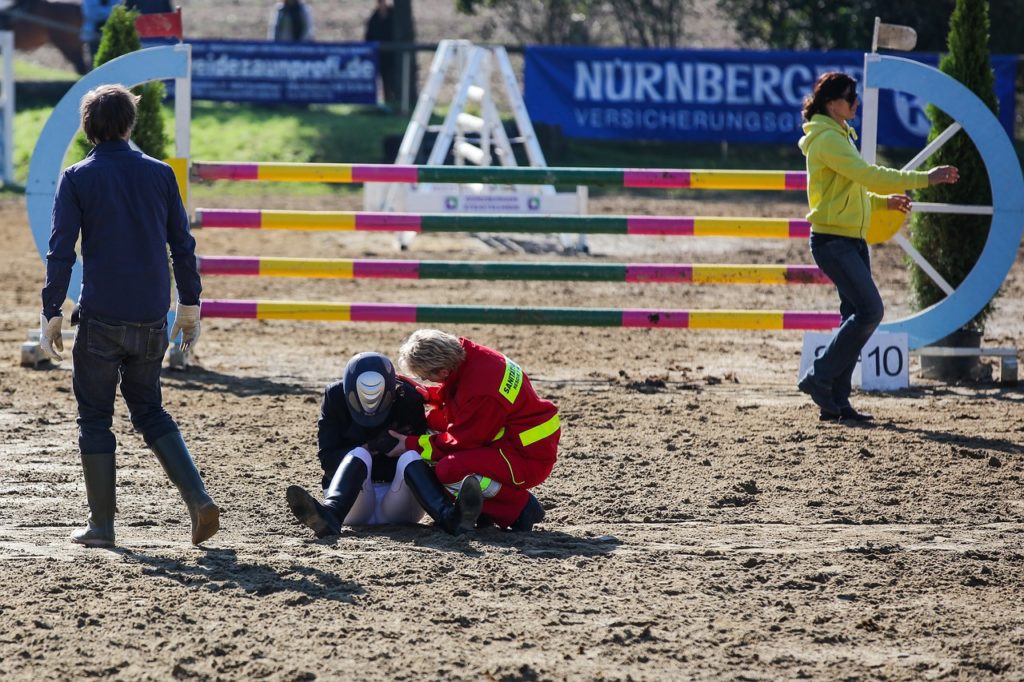You may be getting ready for pre-season or just thinking about joining the gym after a long absence, either way, a sports injury can be a problem. To ensure your deal with the issue, you will need to get to the route of the problem. Imaging is an essential diagnostic tool to help health professionals identify your injury and effectively treat it. When you visit your doctor, they are likely to order medical tests.
Most Common Sports Injuries
A sports injury can occur at any time and in a variety of sports. It doesn’t have to be from a competitive or non-competitive sport, it can also happen when exercising or working out in the gym. No matter what sport you play they all come with risks, even non-contact sports such as tennis or golf come with various types of injuries. If your doctor thinks you have a muscle tear, they generally order an MRI scan to look inside the body. An MRI stands for magnetic resonance imaging – it is a test that offers the most detailed look at your body.
Here are some of the most common ways you may injure yourself during sports:
- Strain – This involves a twist or tear of a muscle or tendon.
- Sprain – This happens to ligaments during impact injuries or sudden movements.
- Fractures – Broken bone in the body.
- Joint Damage – A tear or dislocation of the joint socket.
Your doctor will be able to decide whether you have an acute or chronic injury. An acute injury is a recent problem, whereas a chronic injury can be hassling you for many months or years.
Diagnosis
When you go to see a doctor with a sports-related injury, they will go through a number of physical tests before sending you for further analysis. The type of tests they send you for depends on the injury your present. If you are in a lot of pain and they suspect you have a fracture, they will first send you for an x-ray. If nothing is picked up by an x-ray machine, they may call for a CT scan.
A CT scan will give them a better view of the bone as it picks up on tiny tears better than an x-ray machine. If neither of these work, an MRI is the most comprehensive imaging test for sports injuries.
Minor Injuries
If you only have a minor injury, you will not need to visit the doctor. Use the RICE acronym to rest the injury, apply ice, compress the area, and elevate. If it doesn’t help, you may have a more serious problem that will need to be addressed by a professional.
If you have hurt your head during sports and feel fine, you should always check with a doctor. A head injury can be serious, even if it appears not to be. Even a minor head injury can turn into something much more severe, so always have the injury evaluated by a doctor to ensure there are no problems. Medical imaging allows your doctor to make the correct prognosis.



